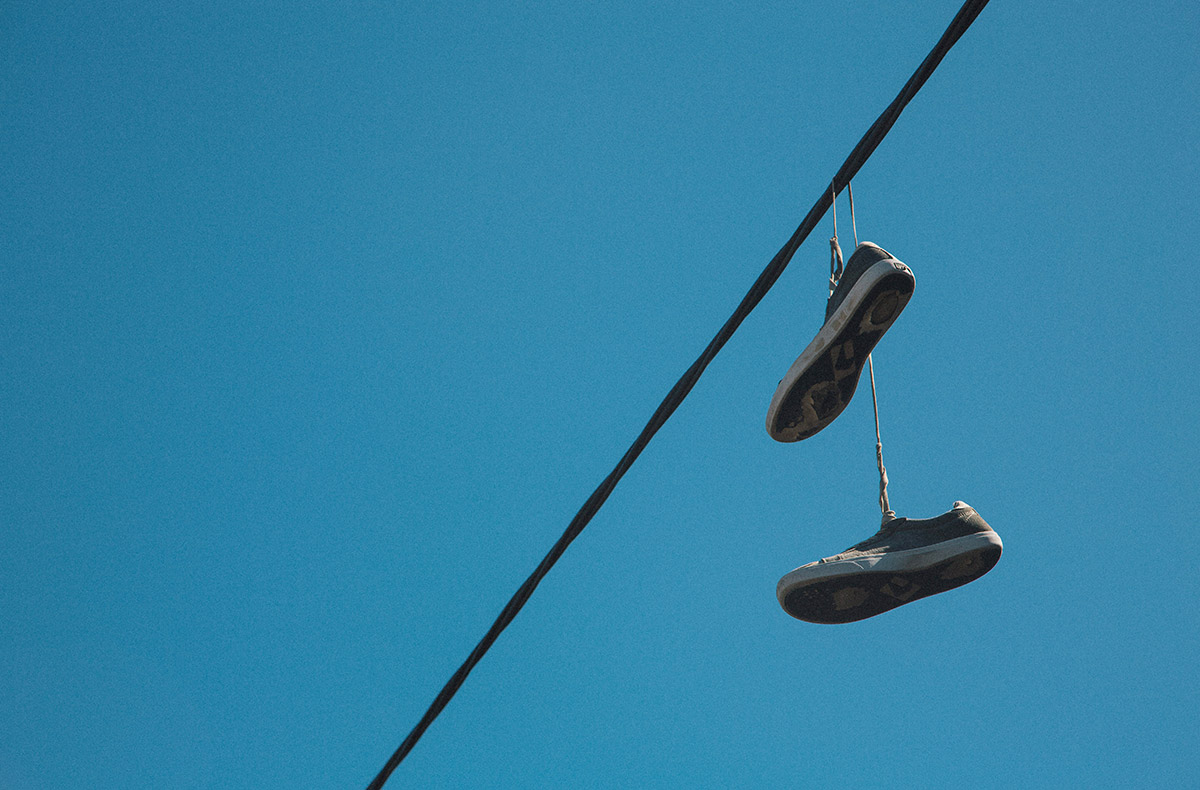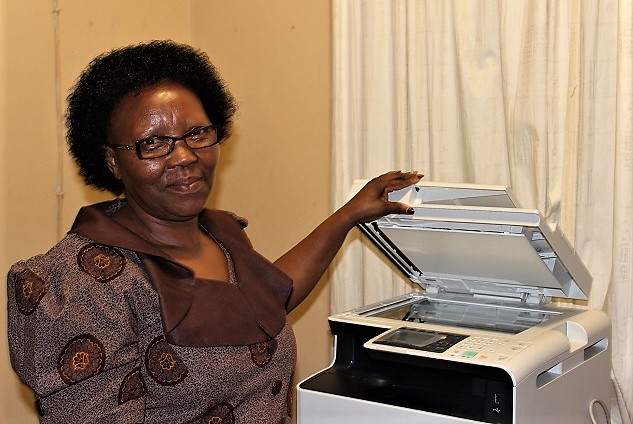Eskom has little choice but to go green, but there are reasons it’s dragging its feet, writes Dr Andrew Venter
FREE TO REPUBLISH (see terms below)
As we move to lockdown Level 3, many are wondering whether Eskom will derail our economic recovery.
Before the Covid-19 crisis, Eskom dominated the headlines with daily updates on load-shedding.
Over the past 9 weeks, it faded from our daily briefing as economic activity and energy demand slumped.
Ironically, Eskom has made headlines however for threatening to declare force majeure on some of its wind and coal contracts. The utility said reduced demand meant it may not need all the energy generated through its wind power contracts or the full tonnage of coal contracted to its coal power stations.
Eskom, it appears, has used the lockdown for additional maintenance, giving it the confidence to predict a sharp reduction in load-shedding for the coming winter, from 31 to 3 days.
This ought to be good news, but we all know it is simply a short-term fix, a proverbial “band-aid” solution.
Coal not in hole
South Africa’s energy supply remains coal-based – an environmentally and socially toxic model.
Eskom contributes over 42% of South Africa’s greenhouse gas emissions.
To put this in perspective, if Eskom were a country, it would be the 35th largest emitter of greenhouse gases, emitting more than Kuwait, the Netherlands and the Philippines.
Andre de Ruyter, Eskom’s new chief executive, has been forthright on the subject and the need for change.
“Eskom fully recognises the importance of climate change and the fact that it has a negative impact, not only on the world, but in particular on South Africa as well. South Africa is a signatory to the Paris Agreement and, therefore, as a major emitter of greenhouse gasses, we need to contribute to global efforts to address climate change. But that implies there is going to be a very wrenching adjustment from an economy built on cheap coal and cheap energy to an economy that is far more resilient and far less reliant on carbon,” said De Ruyter.
This suggests the long-anticipated shift to a new energy generation model may be on the horizon. More importantly, it appears Eskom may embrace this shift.
Why the change of heart?
It may be that funders are forcing Eskom’s hand.
As De Ruyter puts it: “Many of the development finance institutions that are lenders to Eskom, are keen to support a decarbonisation of Eskom and the South African economy. We are one of the world’s largest emitters of CO2, and carbon is a global issue. It is a bit like Covid-19 in that one can’t pretend that carbon has borders like some of the other environmental issues.”
Naive
But it would be naive to believe we’re about to see Eskom pivot away from coal to wind or solar alternatives. It simply has too much invested in coal plant infrastructure to allow this.
Their flagship Kusile and Medupi projects will be the third and fourth largest coal-fired power stations in the world, when they are finally commissioned. They have a design lifespan of 50 years and represent massive investments, with their combined cost ballooning from R126 billion to over R450 billion.
This sunk investment means Eskom has no choice but to fight for these dinosaurs, at the very point where alternative energy projects globally were demonstrating the redundancy of coal and other fossil-fuel powered energy models.
In 2019, the alternative energy sector set a number of records. Denmark and Germany sourced over half their energy from wind and solar, while the UK’s renewable sector outpaced fossil fuel powered energy for a record 137 days.
More significantly, the proportional contribution of coal-powered energy to the Chinese and Indian energy mix is decreasing while wind and solar is increasing.
In May this year renewable energy in the US outperformed coal for a record 40 days.
Change
The winds of change are blowing.
In South Africa, Eskom’s inability to maintain a consistent supply of energy is fuelling the lobby for alternatives. This will drive a range of small- to medium-scale localised energy generation models.
At present, Eskom has the ability to produce over 37 000 megawatts, assuming all their facilities run at full capacity.
The South African Solar Energy Technology Roadmap estimates that 40 000 megawatts of solar photovoltaic energy and 30 000 megawatts of concentrated solar power can be developed in South Africa by 2050.
So we have the ability to replace and double Eskom’s capacity through large-scale solar installations. And this doesn’t take into account medium-scale solar projects, wind or other alternative energy sources.
A sticking point until now has been our inability to store the alternative energy generated, for use at night and during times of peak demand. But this is changing rapidly as a series of mega-batteries come online globally.
Tesla
In 2017, Tesla partnered with Neoen to establish the Hornsdale Power Reserve in South Australia, a mega-battery that provides 100 megawatts of storage capacity. The facility was famously developed after Elon Musk, the Tesla chief executive, promised to build it within 100 days or Tesla would provide it for free.
Sparked by the success of Hornsdale, there are now numerous projects under way across Europe and the United States, with the Florida Power & Light company’s Manatee Energy Storage Centre promising to store up to 900 megawatts of power.
Unfortunately, there are no mega-battery projects underway in South Africa. The lobby to retain coal’s stranglehold on our energy supply continues to prevail at a policy level.
Clearly, this has to change. But, the global shift away from coal and other fossil fuel-based energy towards alternatives means it will change.
The only question is when and how long we will lag behind.

• Dr Andrew Venter is the director of the Cambridge Institute for Sustainability Leadership’s operations in South Africa. Venter joined CISL SA from WILDTRUST, where he was chief executive for 19 years. Over this period, he led the development of WILDTRUST into one of the region’s largest and most influential environmental organisations. This story forms part of The Future We Want Series launched by the CISL and Roving Reporters in response to the Covid-19 pandemic.
You may republish this article, so long as you credit the author and Roving Reporters, and do not change the text. Please include a link back to the original article.
Now read… A lot on our plate: Why the way we farm and eat must change
Click on the image below to read more stories in our series of Coronavirus Chronicles
References
https://www.moneyweb.co.za/news-fast-news/eskom-sasol-emit-over-half-of-sas-greenhouse-gas/
https://www.argusmedia.com/en/news/2098753-eskom-issues-coal-suppliers-with-force-majeure-warning
https://www.ecowatch.com/renewables-beat-coal-us-electricity-source-2645932305.html
https://www.rechargenews.com/wind/denmark-got-50-of-power-from-wind-and-solar-in-2019/2-1-731183
https://www.get-invest.eu/market-information/south-africa/renewable-electricity-potential/
https://www.greentechmedia.com/articles/read/the-biggest-batteries-coming-soon-to-a-grid-near-you
https://cleantechnica.com/2020/05/23/italians-can-now-install-rooftop-solar-pv-systems-for-free/
https://www.reuters.com/article/us-global-renewables-idUSKBN22V0X8
https://www.climatechangenews.com/2020/05/18/spain-unveils-climate-law-cut-emissions-net-zero-2050/
https://m.fin24.com/Opinion/opinion-the-road-to-sas-recovery-is-green-20200514-2












